The world for modern marketers has transformed from what they knew in the past. Cold calling is dead. Direct mail is a distant memory. Email blasts more likely end up in purgatory than the inbox. Keyword stuffing and link wheels get you blacklisted with Google.
The Internet and proliferation of smartphones has changed the world from one where information was scarce, to one where there is an overabundance of it. This change has had a significant impact on the buying process.
Now, buyers are performing their own research, on their own schedule, and through the mediums which they most like to consume content.
If you're still using old-school marketing methods, you're missing these potential customers entirely.
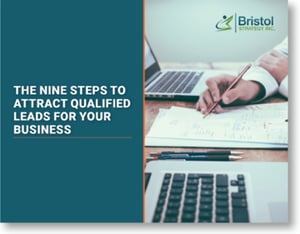
For today's marketers, the answer is a methodology called inbound marketing. This approach is centered on delivering valuable, relevant content on your website that acts as a lead magnet to attract qualified prospects. In other words, it brings prospective customers to you, rather than you promoting your business to them.
However, it is not to enough to simply have the right types of content; the content must be delivered at just the right time during the customer's buyer's journey (more than that below).
To succeed, you also can't deliver this content manually, as a customer requests it. Instead, you need an automation tool like HubSpot to deliver the content to the customer on demand—24 hours a day, 365 days a year.
Inbound marketing requires a significant investment in content. To create the right content, it is critical to understand the stages of the modern buyer’s journey.
The types of content you create should be tailored to where the customer is in the buying process.
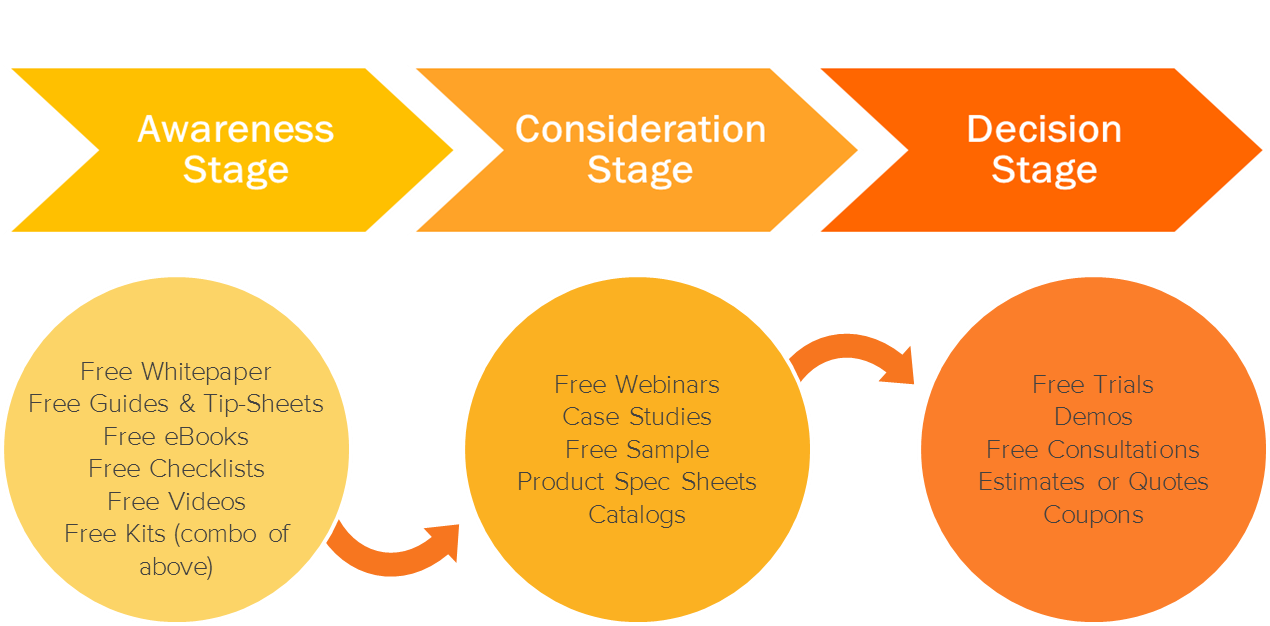
Use your website as a sales tool that attracts and nurtures prospects through their buyer's journey
In the past, sales people nurtured the prospect through this journey in person, easily providing the correct information at the appropriate time. Today, companies interact with the buyer digitally through their website to deliver the information the buyer wants, when they need it.
Recent data compiled by HubSpot found that 47% of prospective buyers viewed three to five pieces of content from a business before engaging with a sales rep.
Think about that. Nearly half of your prospective customers have interacted with you three to five times before you even know it.
And even more importantly, you might not know exactly which content your customers are choosing to learn more about you.
That means that every single piece of content you create needs to support your goal of building trust with the prospective customer. And as we already know, that means it must be customized to meet customers' needs at each stage of the buying process.
It makes a lot of sense. For example, if a prospective customer has not yet identified the causes of their problem, do you think they are ready to hear about the benefits of your solution?
Don't be tempted to skip a stage, either. After all, if you jump right into content about why the customer should buy your products or services without first proving that you care about the problem that brought them to you in the first place, you are effectively demonstrating that you care only about you—and not them. And that's exactly the impression that you want to avoid.
So, creating a variety of content tailored to each stage of the buyer's journey is key to an inbound marketing strategy. But what does that look like in practice? The graphic below illustrates this in more detail.
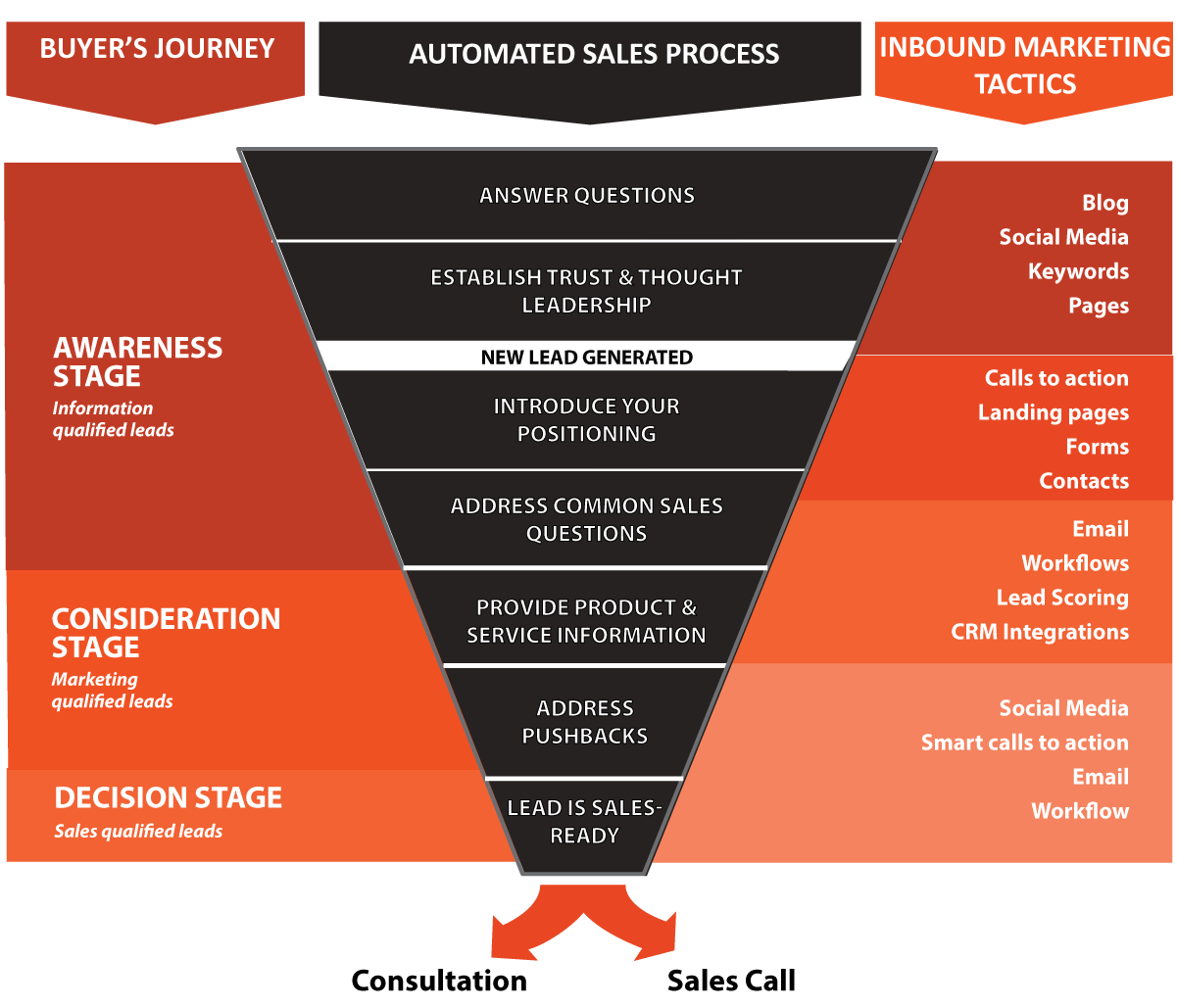
In this graphic, you see that each stage of the buyer's journey is tied to specific goals in the sales process; in turn, this translates into specific inbound marketing tactics you can implement to achieve each goal. This then move prospective buyers through the funnel to the next stage of the buyer's journey.
In addition, by knowing the specific content the user downloads, you can know exactly where they are in the buyer's journey. You can then use these behavioral cues to implement an automation framework that delivers the appropriate content to the buyer on demand.
Clearly, there's a lot you'll need to address before your customers start reaching for their wallets—but once they reach the end of the journey, they're much more likely to buy from you. In fact, HubSpot found that businesses who nurture their leads in this way make 50% more sales at a cost 33% less than non-nurtured prospects.
And even better: Once you put the upfront work and investment in, this content can generate returns for you for years to come.
Since the buyer is thirsty for information, but only on their timetable, automation is needed to deliver the content in a thoughtful sequence. This sequence should provide the digital content that satisfies their current quest for information, while teasing them with material available in the next stage of their buyer's journey.
Inbound marketing enables automated engagement with buyers throughout the sales process, powered by the right content at the right time.
Once the buyer bites on “next stage” content, their journey status shifts to the new stage. Automation continually drips new content to the buyer for each stage in turn, until they are ready to engage with the sales channel. The specific marketing automation tool we recommend to all of our own clients is HubSpot.
Marketers need tools that track each individual's consumption of content, classify the buyer's journey stage each piece of content relates to, and automate the delivery of new content to the buyer.
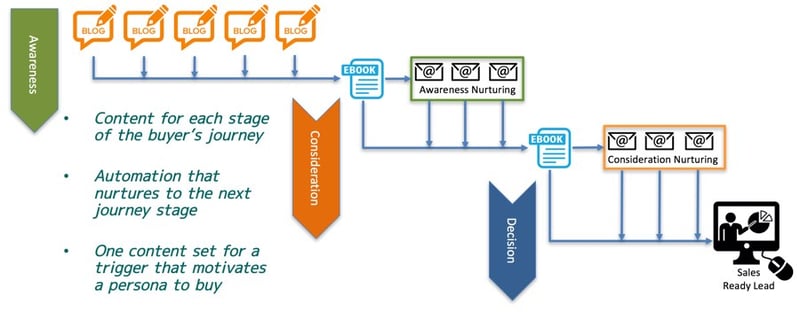
This diagram illustrates a funnel that shows the content for each stage of the buyer's journey, as well as how the prospect should be nurtured to advance them into the next stage of the buyer's journey.
 Before you can start marketing to your customer, you need to know exactly who that person is—as tempting as it may be to think "everyone" is your customer, in reality, not everyone is going to buy your products or services.
Before you can start marketing to your customer, you need to know exactly who that person is—as tempting as it may be to think "everyone" is your customer, in reality, not everyone is going to buy your products or services.
You want to fine-tune your content so well that it resonates with the customer who most wants and needs what you offer—in other words, not just someone who is a member of a broad audience, but someone who is likely to translate into a sale.
That's where the buyer persona comes in. This step is crucial, and not to be skipped.
This includes asking common questions that prospects ask early in the sales process. You also should identify customer objections you frequently encounter, as well as the techniques you use to address this pushback.
A good way to think about the role sales takes when it comes to defining content for your marketing effort is to understand that your ideal customer is being bombarded with requests of their budget. There is a continual flow of requests, however, your customer has priorities about the problems they choose to invest to address. If you understand these topic and define in-depth content for each of these topics and a cluster of articles that relate to them then you have just defined a topic cluster for that trigger that causes them to buy.
Go ahead and define several of these topic clusters that relate to their priorities and you have defined multiple digital funnels to attract, convert your ideal prospects.
As you can see, your existing sales process and strategies are a wealth of valuable information that you should tap into. This exercise which is part of our content strategy work (step #3) will drive your initial content.
Using what you've learned in step two, you'll then establish a content strategy. Your content should be customized to the stage your prospective customer is in the buyer's journey: awareness, consideration, or decision.
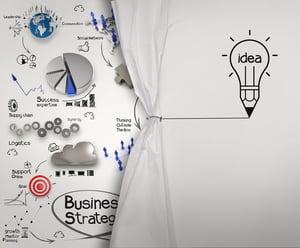 At the awareness stage, your plan might include content such as free checklists, ebooks, and guides. In the consideration stage, you can share content such as case studies and free samples.
At the awareness stage, your plan might include content such as free checklists, ebooks, and guides. In the consideration stage, you can share content such as case studies and free samples.
By the time a prospective customer has reached the decision stage, they are primed to buy. Your content for this stage should be designed to push them over that threshold, and can include things like free trials, demos, and coupons.
Your goal is to create valuable content that entices a prospective to share their contact information, such as email with you. This action is a signal that they trust you, and When this happens, you've moved from merely being a resource for them, to a valuable partner in a business-customer relationship.
With your content in place, your next step is to make sure your customers are actually able to find it. You'll want to research the search terms your prospective buyers use to find solutions to their problems. This is called a keyword strategy.
Your keyword strategy is the foundation of your SEO—the strategies you use to help your content rank highly in Google and other search results, and to build links from other authoritative websites to use to your own.
Keep in mind that some keywords are very competitive, so be sure to select keywords that closely align with your buyer's needs and have a reasonable search volume.
By creating a blog for your business, you create a dialogue with your prospective buyers. A blog is crucial to improve your SEO and search results—the more blog content you create, the more opportunities you have to rank in search results for a variety of keywords related to your business. And this means that your ideal prospective customer is more likely to find you.
 Given how important a blog is for your business, don't think you can quickly throw one together and wing it from there. Like any other element of your inbound marketing efforts, your blog needs to have a strategy, including a content calendar to ensure a regular schedule, as well as a plan for distributing and promoting that content.
Given how important a blog is for your business, don't think you can quickly throw one together and wing it from there. Like any other element of your inbound marketing efforts, your blog needs to have a strategy, including a content calendar to ensure a regular schedule, as well as a plan for distributing and promoting that content.
Although consistency is important, keep in mind that a few pieces of thoughtful, thorough, informative content is better than lots of short, low-quality posts. Don't post just for the sake of posting.
And finally, it's critical that your blog presents your content professionally—you'll want professional writing expertise here. A freelancer or marketing agency can fill this gap if these skills don't already exist on your team.
In addition, not only can these professionals help create the actual content, but many also are skilled in SEO, link-building and other relevant components—all of which can help you make the most of your content investment.
You need to go to where your customers are—and more likely than not, that's social media.
We've said it before, and we're going to say it again: Before you get started, you're going to need a strategy (See a recurring theme here?).
The first step is determining which platforms you're going to invest in—importantly, not all of them might be the right for your business.
For example, if you have a highly visual business, such as home design, Instagram and Pinterest might be where you want to be. On the other hand, if you have a B2B company, you might find Twitter and LinkedIn are your most important platforms.
Regardless of the platform you choose, be sure to engage with your audience like a real, authentic person. Remember, today's buyers don't want to be "marketed" to.
No matter what type of industry your business is in, you can be sure that you're not the only one talking about it. Forums and online communities are another great avenue for raising awareness of your products or services.
For example, if you follow certain blogs relevant to your business, you can leave a comment on a post. Your goal here is to genuinely add to the conversation; a thorough, insightful comment, or even a question, helps keep the dialogue going. A simple "great article!" comment is merely filler and does nothing to advance the conversation—and other members of the audience will not be impressed.
Further, this type of engagement creates a relationship with the content creator, who will truly appreciate that, after all of the time they spent creating the content, their audience cares about what they have to say. (After all, don't you want people to respond to and engage with the content you create?)
In addition, engagement like this builds connections that can pay off in unexpected ways in the future. You never know when someone might need an authority or resource in the exact topic you're an expert in.
Another way to participate in online conversations is by implementing a chatbot on your own website. A chatbot is an automated tool that allows customers to have a direct conversation with you in a way that feels like a real human conversation, even when you are not available.
As an example, you may have received an automated response if you've ever sent a message to a business or brand on Facebook. That is a chatbot at work.
Not only can chatbots help improve your efficiency by automating routine tasks, but also help improve your relationship with your customers by delivering information they need instantly.
It's not enough to create tons of great content—if you can't efficiently get it to the buyer exactly when they want it (sometimes that's midnight!), you won't see the benefits of your investment in content that you'll expect.
 HubSpot and other marketing automation tools help seamlessly lead the prospective customer through their journey for information, and improves the engagement of each prospect. What's more, your team can measure the engagement of each prospect, while understanding their interests and behavioral cues. (full disclosure here, Bristol Strategy is a Hubspot Gold partner)
HubSpot and other marketing automation tools help seamlessly lead the prospective customer through their journey for information, and improves the engagement of each prospect. What's more, your team can measure the engagement of each prospect, while understanding their interests and behavioral cues. (full disclosure here, Bristol Strategy is a Hubspot Gold partner)
Inbound marketing is complex and has many facets—all of which must work together to succeed. A market automation tool allows you to create, deploy, and manage these many components, all from a single, centralized place.
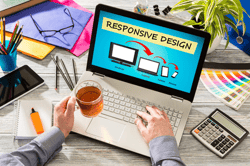 You've implemented all of the steps above, and now have a steady stream of qualified leads coming in. Great! But, you're still not done.
You've implemented all of the steps above, and now have a steady stream of qualified leads coming in. Great! But, you're still not done.
Even if you are satisfied with the leads your business is receiving after implementing an inbound marketing strategy, you must regularly test and review your analytics. Understanding this data will help you answer questions like:
These kinds of insights are invaluable for any marketer—and with this information on hand, you may find that you're able to make your campaigns even more effective than they were at the start.

In our process, we start by understanding your sales and marketing strategy. We use that information to develop a custom content strategy.
Next, we establish a set of actions for each target customer type, and implement an inbound marketing lead generation engine that will deliver qualified leads.
To make sure you can effectively execute this plan, we outline the exact resources you need, and make recommendations about the best approaches. if you choose, we also can help you with:
Our team are experts in the HubSpot marketing automation platform—and we're ready to share our expertise to help you become an inbound marketing pro, too.
To learn more about how we can help your business, download a free copy of the Content Strategy data sheet, read our blog or request a call.
Ask us about our unique approach that creates a full-funnel "inbound" engagement model for your business that attracts and converts digitally engaged prospects.